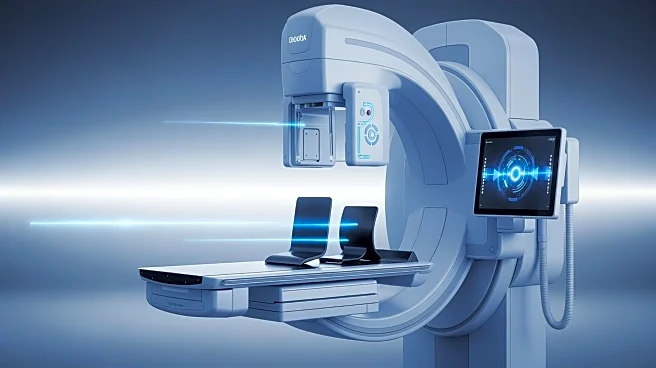What's Happening?
Researchers at the Loke Centre for Trophoblast Research and the Francis Crick Institute have developed a real-time imaging technique to observe embryo development at high resolution. This method, using
light-sheet microscopy, allows for the monitoring of genetic abnormalities in embryos without causing damage. The study, published in Nature Biotechnology, revealed that genetic abnormalities often occur in cells destined to become the placenta. The findings suggest that current preimplantation genetic testing, which often biopsies these cells, may not accurately reflect embryo health.
Why It's Important?
This discovery has significant implications for assisted conception technologies, particularly in vitro fertilization (IVF). The ability to observe embryo development in real-time and identify genetic abnormalities could lead to improved screening methods, potentially increasing the success rates of IVF. The study raises questions about the accuracy of current genetic testing methods, which could lead to changes in clinical practices and policies regarding embryo selection and transfer. This research highlights the need for further investigation into the causes and consequences of genetic abnormalities in embryos, which could ultimately enhance the effectiveness of fertility treatments.
What's Next?
The research team advocates for further studies to understand the underlying causes of late-stage genetic abnormalities in embryos. This could lead to the development of new strategies for embryo selection and transfer timing, potentially reducing the risk of chromosome segregation errors during in vitro culture. The findings may prompt a reevaluation of current IVF practices and encourage the adoption of more accurate screening techniques, ultimately improving outcomes for individuals undergoing assisted conception.











